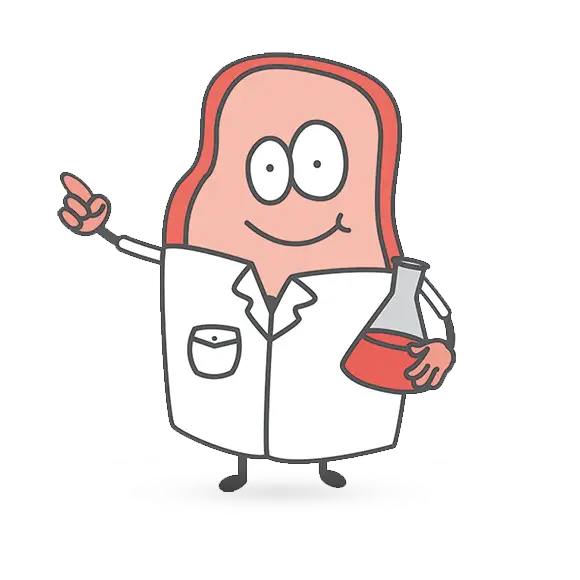Interleukin-2 (IL-2) is produced by naive T cells early after their activation by antigen-presenting cells (APCs) and stimulates survival, proliferation and differentiation of these antigen-activated T cells into effector and memory T cells acting as an autocrine or paracrine cytokine. Secreted IL-2 is a globular glycoprotein which exerts its function by binding to the IL-2 receptor (IL-2R). IL-2R is composed of three chains, IL-2R alpha (CD25), IL-2R beta (CD122) and the common gamma chain (CD132). Naive T cells and natural killer (NK) cells express low levels of IL-2R beta gamma complexes that can bind IL-2 with moderate affinity. Activation of T cells by antigens and costimulators leads to secretion of IL-2 and subsequently to expression of the IL-2R alpha chain enabling formation of high affinity receptor complexes, thereby promoting T cell responses. Strikingly, IL-2 not only promotes immune responses, but also controls T cells functions by promoting survival and function of regulatory T cells (Tregs) that play pivotal roles in suppressing immune responses against self and other antigens. In contrast to naive T cells, Tregs constitutively express high affinity trimeric IL-2R complexes and thus, low IL-2 concentrations are sufficient to initiate signaling. Due to its immunostimulatory effects, administration of high-dose IL-2 was approved as immunotherapy for the treatment of metastatic renal cell carcinoma and metastatic melanoma. However, efficacy in cancer treatment was limited because of severe adverse side effects such as the vascular leak syndrome. To improve efficacy, several combination therapies are being developed including antigen-specific vaccination, adoptive cell transfer and blockade of immune checkpoint inhibitory molecules. Furthermore, IL-2 is being tested as therapeutic agent for the control of graft-versus-host disease, autoimmune inflammation, and graft rejection by promoting the immunosuppressive functions of Tregs. In cell culture, recombinant IL-2 is commonly used to induce proliferation and differentiation of T cells, NK cells, as well as B cells.
|
SDS-PAGE/Coll. Coomassie
|
Histogram of marked lane in gel picture
|
|
|
|
|
|
|




